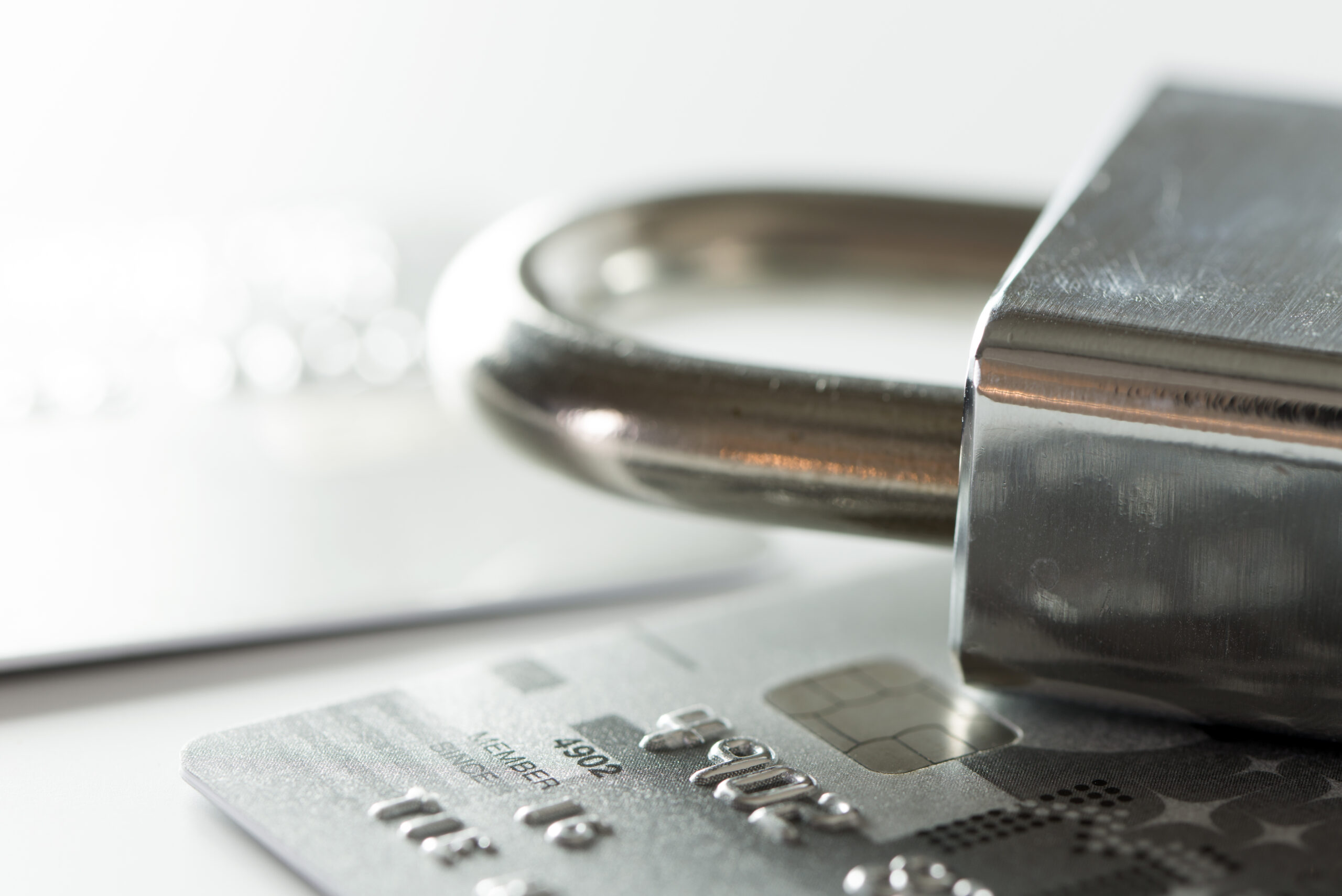We are in a world where digital transactions are a trend shaping the payment processing landscape, making security paramount. With traditional authentication methods proving vulnerable to various forms of cyber threats, the demand for more secure alternatives has never been higher. Enter biometric authentication, a cutting-edge technology revolutionizing payment systems worldwide. We are going to review this growing form of security and further take a look at the rise of biometric authentication in payment systems and why businesses across the globe are adding it as a part of their payment processing process.
What is Biometric Authentication in Payment Processing?
Biometric authentication in payment processing represents a groundbreaking shift from traditional methods of verifying identity. Unlike passwords or PINs, which can be forgotten, shared, or stolen, biometric authentication relies on unique physical or behavioral characteristics to confirm a person’s identity. This can include fingerprints, iris scans, facial recognition, voice patterns, or even behavioral biometrics like typing patterns. Unlike passwords or PINs, biometric data is inherently personal and difficult to replicate, making it an incredibly secure form of authentication.
The Rise of Biometric Authentication in Payment Systems
The adoption of biometric authentication in payment systems has seen exponential growth in recent years. Juniper Research found that biometrics will authenticate over $3 trillion of payment transactions in 2025, an increase of over 650% from the $404 billion authenticated in 2020. According to Goode Intelligence, global biometric payments are expected to reach $5.8 trillion and more than 3 billion users by 2026. This staggering growth illustrates the increasing trust and reliance on biometric technology in the realm of digital payments.
Why is Biometric Authentication Becoming a Norm in Payment Processing?
Businesses are embracing biometric authentication for several compelling reasons. Firstly, it enhances security by significantly reducing the risk of identity theft and fraud. Unlike passwords or PINs, which can be easily forgotten, stolen, or hacked, biometric data is unique to each individual, providing a highly reliable method of identity verification.
Moreover, biometric authentication offers unparalleled convenience and user experience. Gone are the days of fumbling for passwords or waiting for SMS codes to arrive. With biometrics, users can simply glance at their device, scan their fingerprint, or speak a passphrase to authorize a payment swiftly and seamlessly. This frictionless experience not only improves customer satisfaction but also boosts conversion rates for businesses.
Furthermore, biometric authentication addresses accessibility concerns for individuals with disabilities or elderly users who may struggle with traditional authentication methods. By offering intuitive and inclusive authentication options, businesses can ensure that all customers can securely access their services without barriers.
Biometric Authentication in Payment Systems is Shaping the Future
In conclusion, the rise of biometric authentication in payment systems represents a significant milestone in the evolution of digital commerce. With its unparalleled security, convenience, and inclusivity, biometrics are reshaping the way we authenticate transactions in the digital age. As businesses strive to stay ahead of the curve and meet the growing demand for secure payment solutions, embracing biometric authentication is no longer an option but a necessity.
For businesses looking to integrate biometric authentication into their payment systems, SanctusPay offers comprehensive solutions tailored to meet your specific needs. With cutting-edge technology and industry-leading expertise, SanctusPay ensures seamless and secure payment processing for businesses of all sizes. Contact SanctusPay today to elevate your payment authentication experience and stay ahead in the ever-evolving digital landscape.




